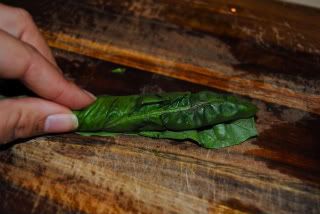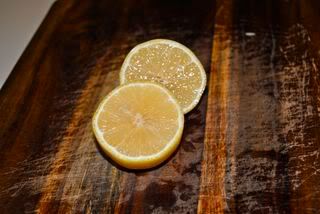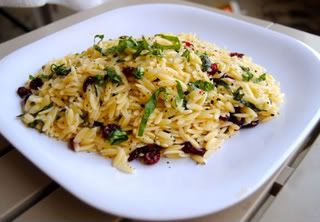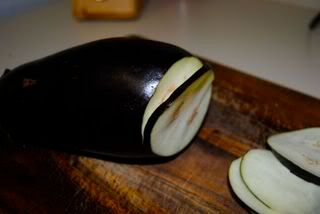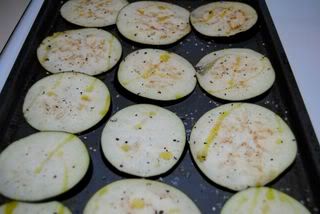Alice Waters is credited with initiating the school garden curriculum through The Edible Schoolyard, a program within the Chez Panisse Foundation . I seriously encourage you to check out these websites, because they explain everything so much better than I ever could.
Anyway, the reason behind this entry is that the topic came up in class last week, and my professor isn't a fan of the concept at all. In his eyes, teaching kids to garden and cook is a step backwards. The way he sees it, students should be learning math and science, not "how to be farmers."
I completely disagree. As Americans we have become so detached from our food. Kids today don't know that vegetables should come from the ground covered in dirt. We are more comfortable eating a fast food hamburger (containing up to 100 different factory-farmed, corn-dependent cows from all over the US) than an animal that was killed in its natural habitat. We just don't have that connection with our food anymore. In fact, many of us try as hard as we can to avoid that connection. We adopt the "ignorance is bliss" mentality. We eat what's in front of us without really thinking about it or, more importantly, appreciating it.
I think the the concept behind school gardens is awesome, and I really hope more and more schools begin adopting programs like this. This is far from a step backwards- it's a step toward conscientious, grateful eating. For those of you in Tallahassee who want to know more about local school and community gardens and how to get involved, check out The Damayan Garden Project.


